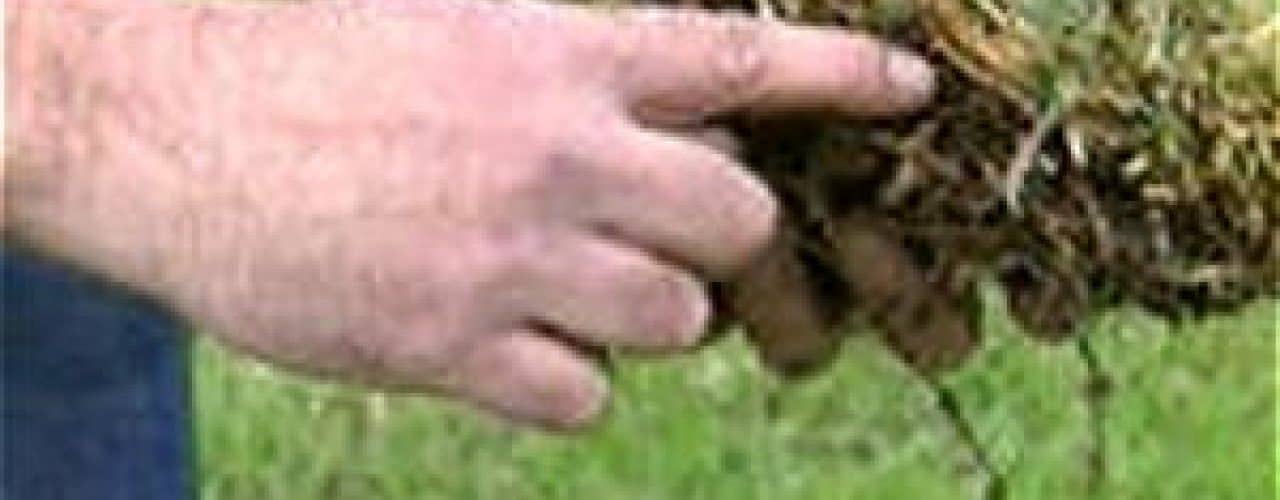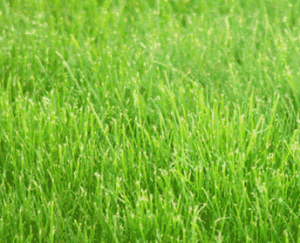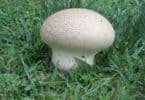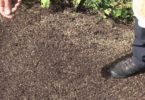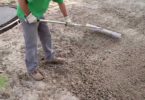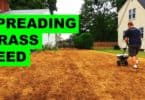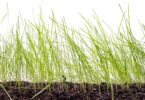Although many people may have never heard of thatching before, for many people, it is an annual act of lawn maintenance that must be performed to keep things looking good. Thatching can be a very important part of rehabilitating a lawn that has been neglected, overwatered, over fertilized, or planted in thick clay. A thatch is a deep, dense accumulation of dead and living grass that has grown to prevent any sunlight, air or water from getting through to nourish the roots of the lawn.
The first thing you need to do when thatching a lawn is to make perfectly sure that the problem needs to be thatched. Thatching can be extremely destructive for plants and their roots. If you thatched a lawn that does not need to be thatched, they can end up decimating the entire thing. After checking to make sure the lawn really does need to be thatched, the next step is to lightly water the lawn before beginning. The soil should be moist, but not so wet that it causes the roots to come out when the lawn is thatched.
After this has been accomplished, the next step in the process is to mow the lawn to the lowest level that is recommended as being healthy for that particular type of grass. It is definitely not smart to scalp the grass and let it die. You will not benefit at all from doing that. An example might help to illustrate what is meant by the lowest recommended length for ensuring the health of the particular grass in question. If the yard is comprised of Kentucky Bluegrass, it is recommended that that specific strain of grass should only be mowed to a height of only two and a half inches at the very shortest to ensure that the grass will stay alive and continue growing with a healthy green complexion. However if the grass happens to be a variety called Zoysia grass, it is only safe to mow it to the length of one and a half inches above the level of the soil. Mowing the grass any shorter than that risks killing the lawn. Every grass is different, and these recommendations are easily found on the Internet or at the local gardening shop.
Next, you should use a hand rake to deal with the layers of thatch that may seem especially light or spotty. Then, you or your friends should switch to using a rigid-tined rake to thatch around the edges of large trees, plants with especially shallow root systems, and the outer edges of the lawn itself. A caveco rake, also known as a thatching rake, is the next tool that should be used. The thatching rake is needed to loosen the light layers of thatch throughout the entirety of the lawn. This tool has a half moon-shaped tine component that is perfect for dragging over the yard to untangle the thatch.
Next, you should rent a power thatcher. After you’ve gone over the yard with the power thatcher, you have to thatch it another few times at right angles. It is important to make sure the blades are set correctly before using a power thatcher. The rental agent will know all about how to set the blades in the right position for the particular job. Once finished, the loose material from the thatching can be collected into garbage bags or a mulch pile with the use of a garden rake. Water and herbicide-free fertilizer should be applied to the lawn immediately after thatching.
The hardest part of thatching a lawn is putting in the labor. A good video that shows proper thatching technique is shown below.
<>

